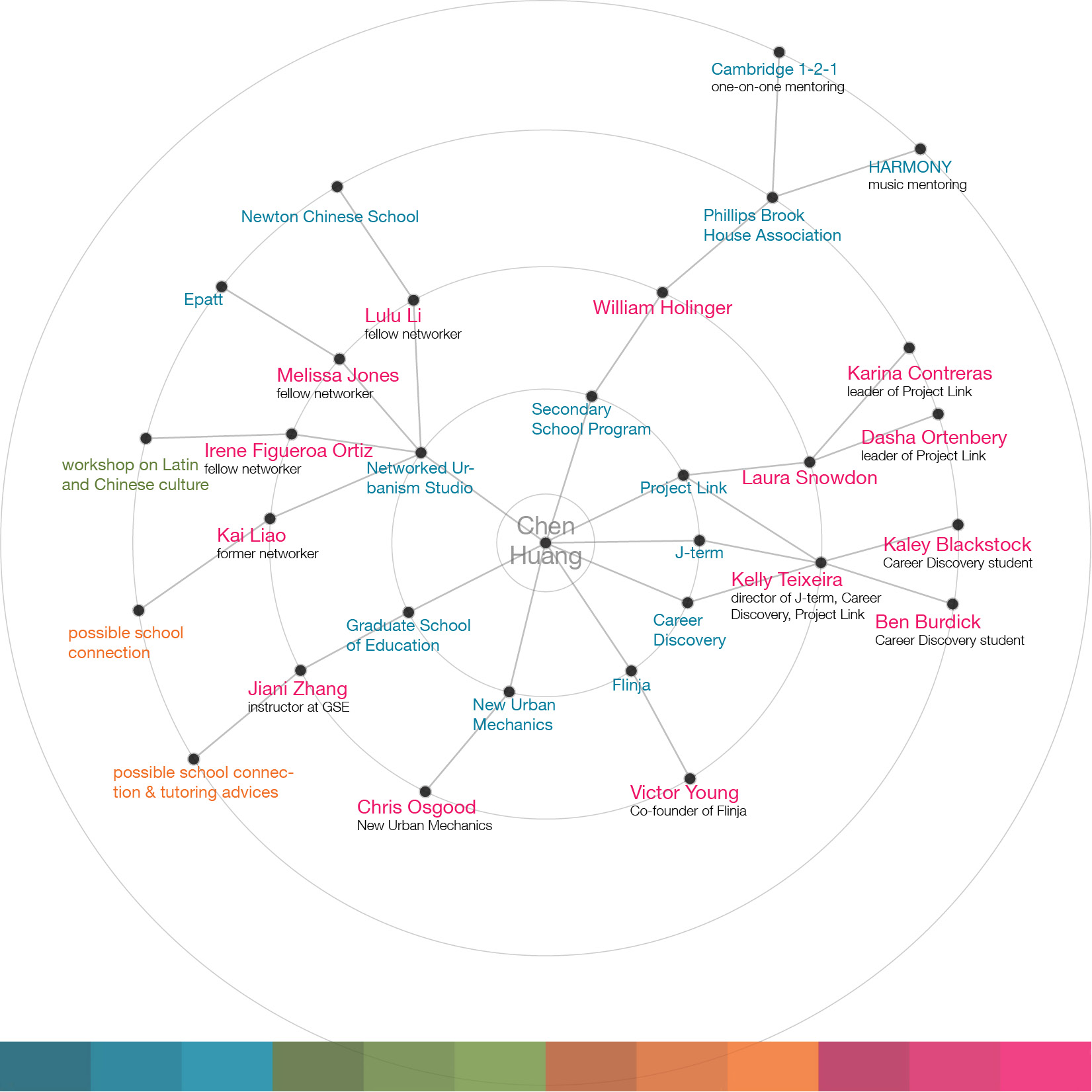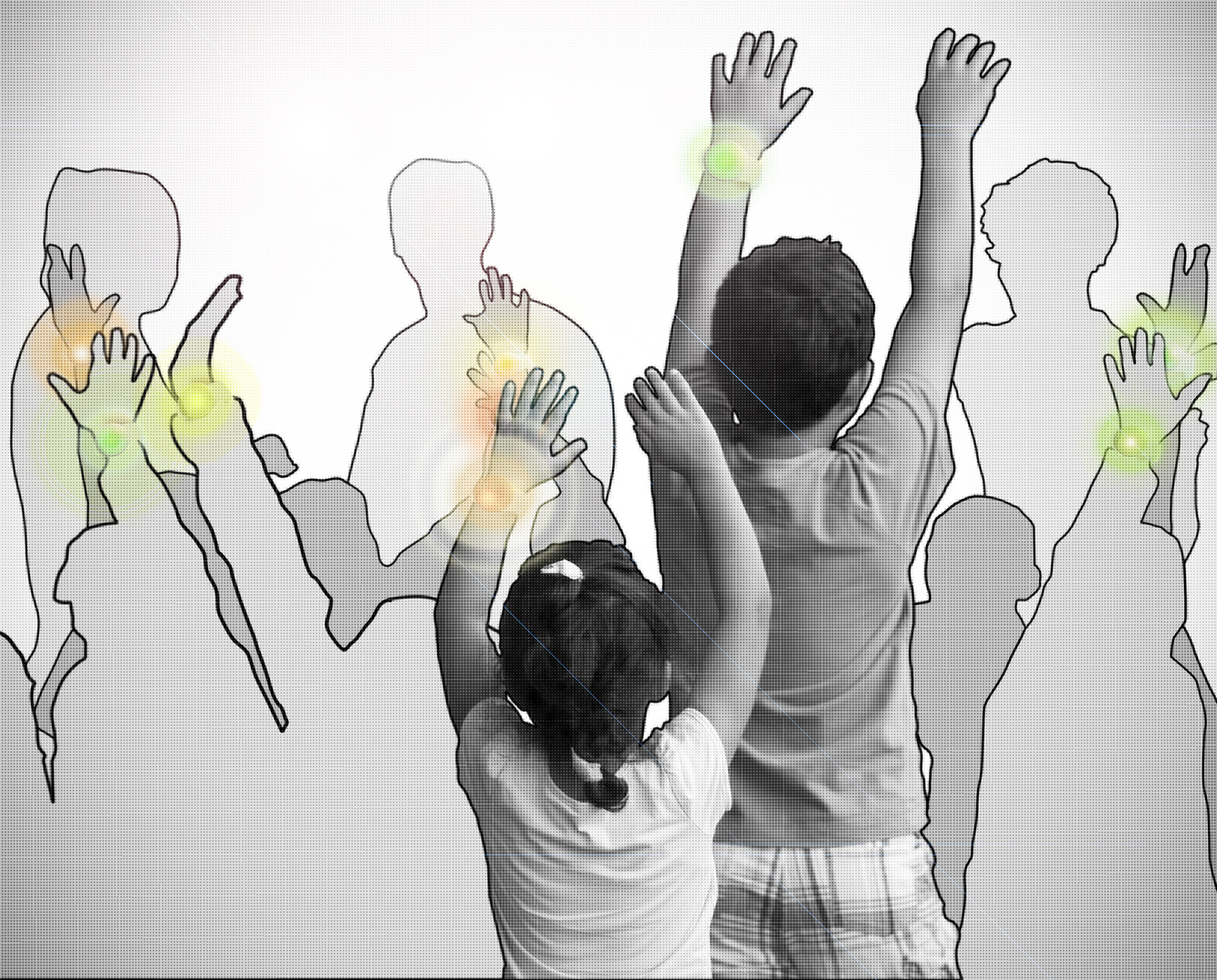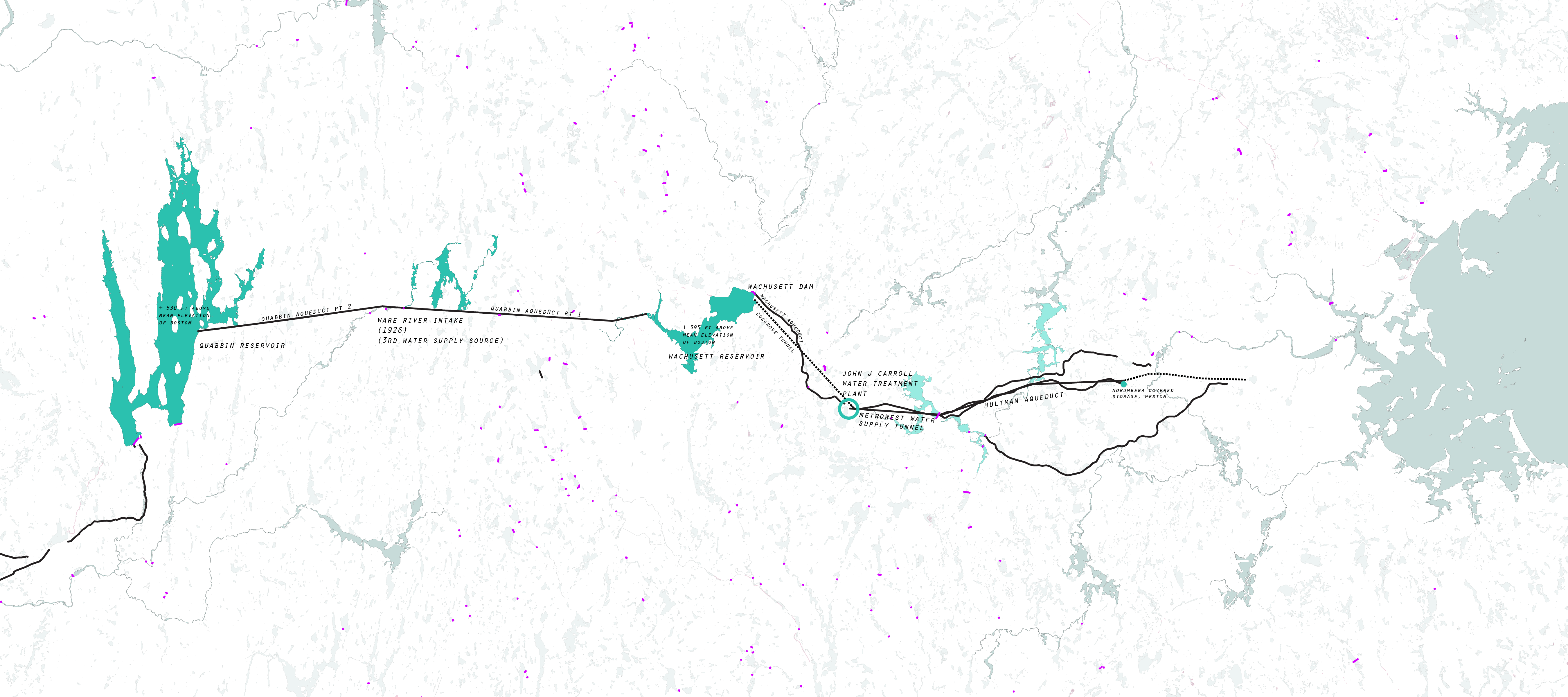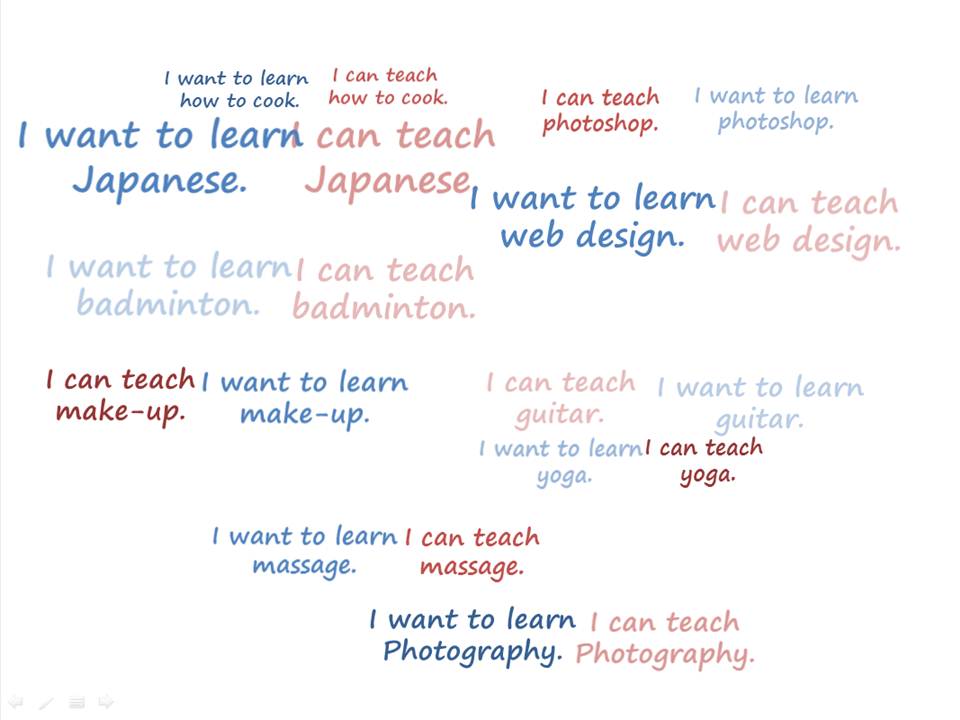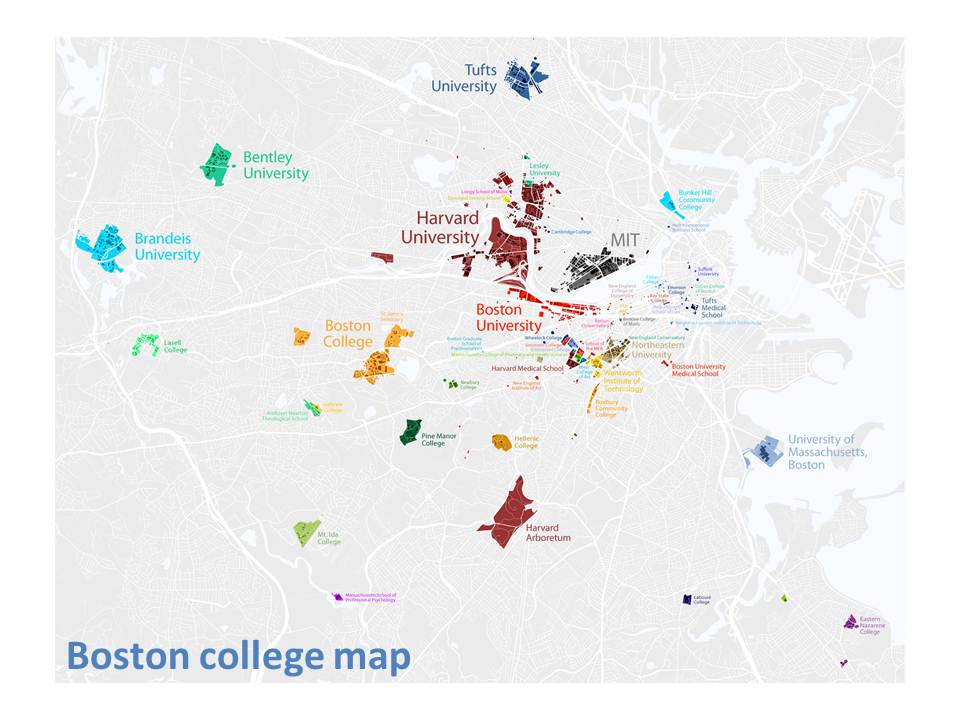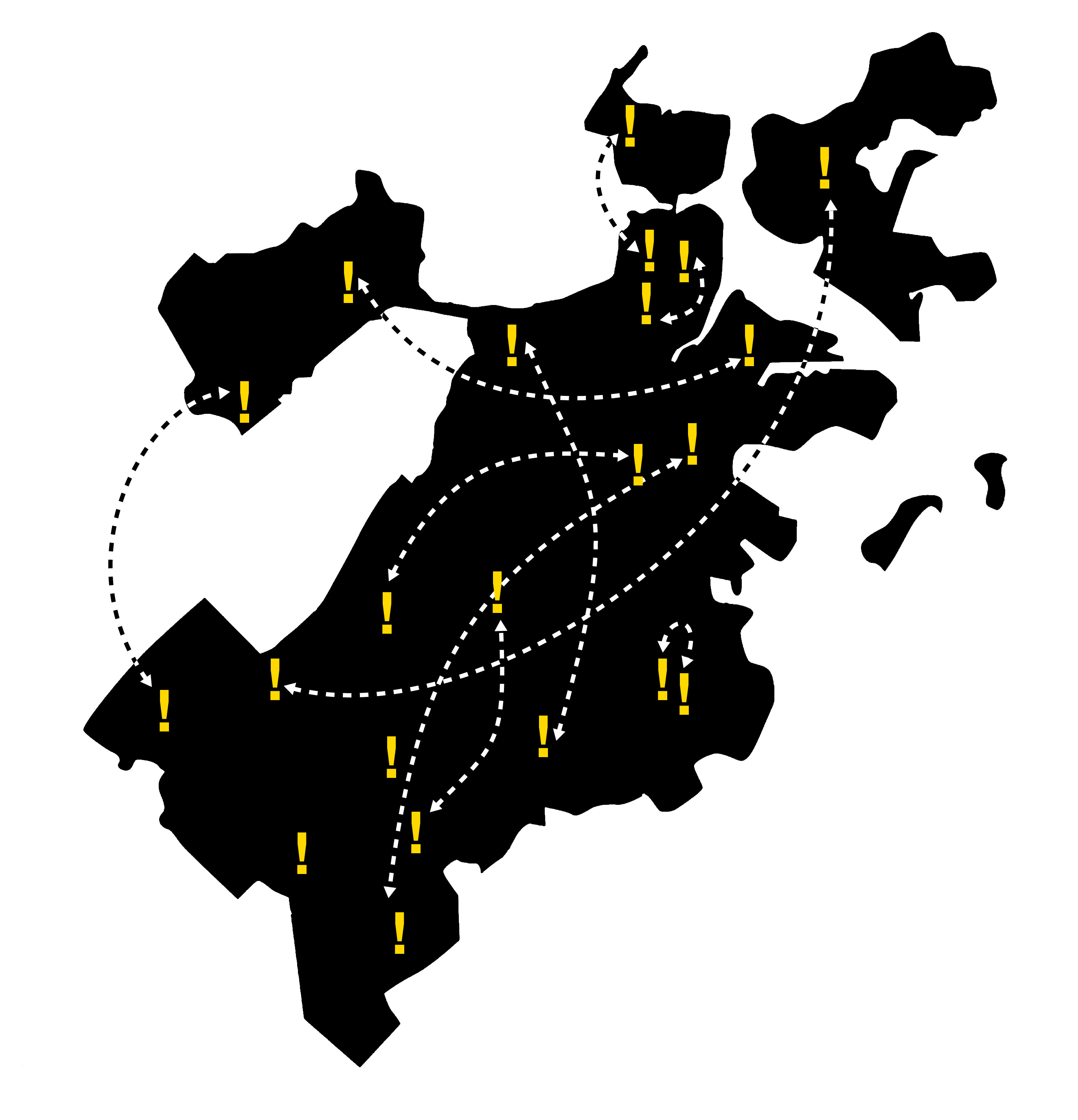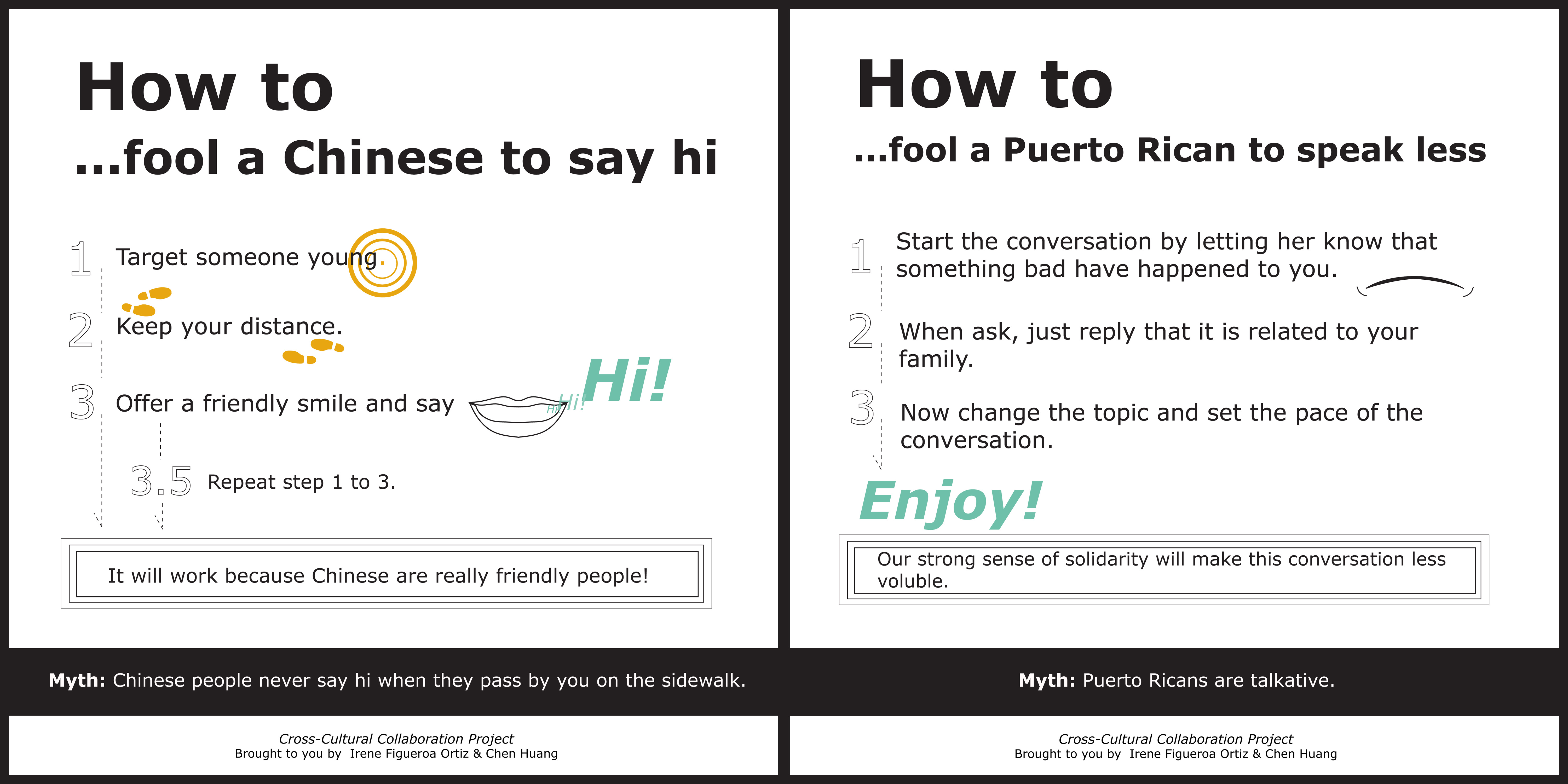Networked Urbanism
design thinking initiatives for a better urban life
apps awareness bahrain bike climate culture Death design digital donations economy education energy extreme Extreme climate funerals georeference GSD Harvard interaction Krystelle mapping market middle east mobility Network networkedurbanism nurra nurraempathy placemaking Public public space resources Responsivedesign social social market Space time time management ucjc visitor void waste water Ziyi
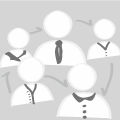
social
Focusing on the relationships between people in a given context. Our role as designers being to connect our design and strategies with people’s needs and initiatives, to assist the creation of communities and to enable systems and spaces for interaction, social creativity, and the emergence of behaviors.
THINK BIG:
WeShare is a public service platform committed to promote equity and access in the application for college and university led community programs. WeShare serve applicants and member programs by promoting holistic application and selection process.
START SMALL:
Membership is open to college and university led non-profit programs that strive for provide vital resources to local communities and grow public service leaders on multiple levels in the Boston and Cambridge communities.
On WeShare, applicants discover amazing community-based, nonprofit public service programs they would have never otherwise known. WeShare also believes strongly in providing free and equal access to non-profit programs for all applicants, regardless of socio-economic status.
For non-profit programs:
+ Many programs are small scale and cannot afford to have a website. WeShare can provide easy setup for them to have a storefront. Better publicize themselves with statements, images, videos and contact information.
For applicants:
+Applicants who want to explore can search for programs based on Interest, community, day, type, time period, etc.
ACT NOW:
I’m trying to connect to as many programs as I can. Also there are several key projects that I’m participating to establish better connection with them. Meanwhile, I’m revising the website interface to make it more appealing and functional for applicants and member programs.
Unfortunately, I’ve spent the last week out of the country so progress has been slow. However, I’ve managed to narrow down my research interest toward exploring ways to visualize and understand urban energy flows in and around Boston. At my desk-crit before I left, we discussed possibly creating a video or other type of visualization as part of an educational curriculum about energy conservation. Since the first step toward attacking an issue such as energy conservation is understanding the problem, I think a type of “Public Service Announcement” that makes people aware of how energy is distributed throughout Boston is a good start.
Toward this end, I’ve managed to arrange a couple of meetings this week with the office of sustainability at Harvard to get a grasp on how the university’s grid interfaces with NSTAR and other regional energy providers. They may also have some good ideas about how to kick-start initiatives aimed at conservation in an educational setting. I’d also like to talk to people at the School of Education at Harvard, and at some public schools in the area (one of my professors suggested I contact the people at the Cambridge mayor’s office for this) about what initiatives exist in terms of sustainability in the classroom.
On a somewhat related note, this was a quick concept collage that I came up with before I took off – the idea would be that kids could participate compete in program to monitor their energy use at home as part of a more comprehensive curriculum. I haven’t totally abandoned this idea, and I think I could roll it in with my other ideas to create a more holistic approach to this idea of understanding urban energy flows.
Think Big
With little extra funding to reinvigorate public spaces in cities today, new strategies and tactics need to be developed to improve our public spaces so they better serve residents, engage community, and foster interactions. While the development of these strategies and tactics may involve high-level collaborations between many different stakeholders in the community, new ideas/methods/strategies for activating public spaces can also be developed “on the fly” by individuals taking action in the public spaces and making connections between stakeholders and organizations as they go. My goal for this studio is to become one of these individuals and hope to gradually develop larger strategies for activating public spaces and promoting stakeholder collaborations based my experiences this term.
Start Small
I decided to use the Cambridge Common as the public space to focus my efforts on this term. I spent a lot of time the last weekend observing the park and how people use it. I then brainstormed a lot of different ideas for activities and art projects that would serve different users of the park, but the feedback from our “sharing” session on Tuesday encouraged me to develop a particular goal to work towards. After meeting with staff at the Cambridge Historical Society yesterday, I developed a specific goal and brainstormed different interventions to try to meet that goal. My goal is: Capture the essence of childhood in people of all ages in the Cambridge Common.
Act Now
To try to spark the imagination, wonder, and curiosity that are essential to childhood, I’ve brainstormed a few different ideas for interventions. I’m going to start with some intervention prototypes this weekend in the Common on the small scale and see how they go, to then reassess the ideas, successes/failures/opportunities/problems and further develop the prototypes.
Past/Current/Near Future Connections include: New Urban Mechanics Lab, Cambridge Historical Society, Cambridge Art Council, Cambridge Historical Society, LZ Nunn, Ed Walker, Jim Lasko.
My work is focusing on explaining through mapping the paths and cataloging the infrastructure of Boston area potable water. This includes a mapping of water sources and guiding people through its paths while recognizing the extents of power and infrastructure required to make water easily accessible.
The aim is to help make people more aware of where their water comes from, the resources involved and the politics behind it in order to help them make more informed decisions and be more responsible with their water usage.
I have been speaking with other researchers who work in the field as well as people involved in the water world of Boston. Some things I have coming up coming this week, a meeting with some important people at the Metropolitan Water Resource Authority, a visit to Deer Island Treatment Plant and the MWRA museum.
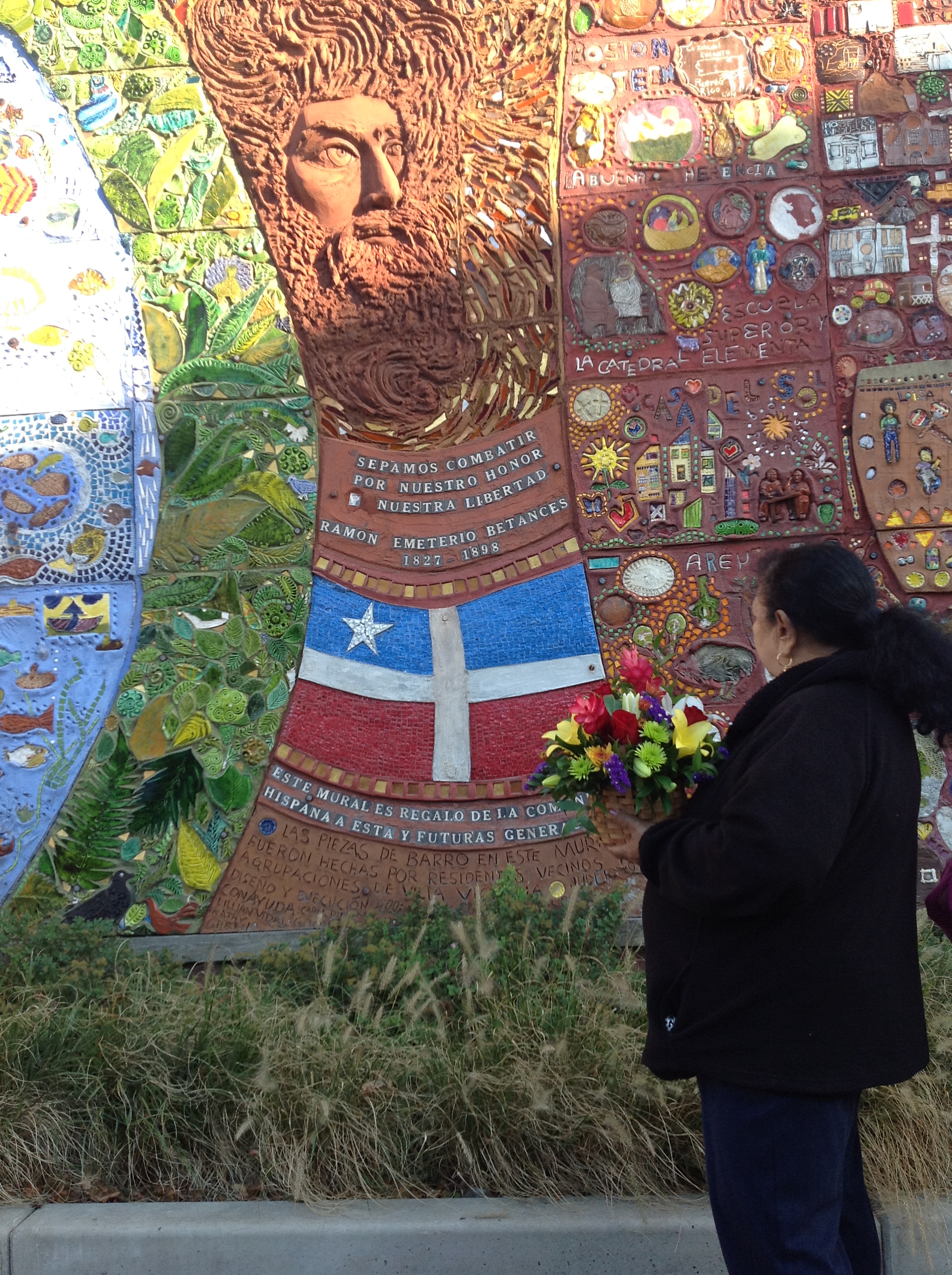 Villa Victoria community member in front of Betances Mural
Villa Victoria community member in front of Betances Mural
This past week after my weekly visit to Villa Victoria and interviewing Anabel Vazquez-Rodriguez, curator and gallery manager in Villa Victoria Center for the Arts, two things became clear. The immigration of non-Puerto Rican groups to Villa Victoria is a recent phenomenon that still have not been mapped or deeply researched. Secondly, the existing monument of the community (Betances Mural) exclusively represents the Puerto Rican population. Today’s Villa Victoria presents a more diverse panorama with a large Chinese community, most of which speak Cantonese Anabel also mentioned that 2nd and 3rd generations of former residents have moved to the outskirts of Boston, being replaced by other cultural groups. The next step is to unveil this demographic change, and understand how it is or will affect existing community structures. Anabel also brought to my attention a documentary project on Villa Victoria ran this past summer by a grad student at MIT . I am excited to learn more about her conclusions on today’s Villa Victoria.
LearnIt
Think Big:
To create a quality, affordable, peer-to-peer learning platform. For people who:
-Are driven by a passion to share real-world skills based on his or her individual expertise.
-Have a broad spectrum of interests and want to try something out.
Start Small:
The first phase of the project aims to connect high school students with college students. High school students can get a taste of what college life, figure out what they want to learn in college among a broad spectrum of interests and get prepared for higher education. College students can make some money sharing what they are good at, what they have experienced and what they are learning.
The project would be based in Boston, taking advantage of the great university resources in Boston area.
Act Now:
This week I’ve got in touch with the director for Harvard Secondary School Program, GSD J-term and Career Discovery, GSD Project Link, Flinja. I’m scheduling several interviews with them, trying to find out how they reach out to high school students, what are the connection built that I can borrow, what are the most popular interests from past experience. Meanwhile, I’m conceptualizing the website interface.
Think Big:
Design a physical social network in which people of similar interests, ideas, skills are connected through means of the physical environment.
Start Small:
There are currently two paths my research can take me; both of which I am excited about. I am currently pursuing both paths to see if they can soon combine into one.
1) A Physical Social Network in which a location specific object (ie. table within a cafe) is the point of connection between two people with similar interests. In this scenario, people can leave specific ‘traces’ of themselves throughout the city. You can sit at a table and see those who have sat there before you; based on individual layers. This concept begins to form new community boundaries and connections by means of our physical environment.
2) A digital submission process for New Urban Mechanics. I am currently working with the New Urban Mechanics office in developing a way to easily submit ideas, connect with those interested in similar concepts, and immediately connect someone needing a specific skill with someone who has it.
Act Now:
I am simultaneously working to conceptualize a platform for the physical social network while connecting with the New Urban Mechanics office and other companies who are attempting at connecting specific people based on interests, skills, or location. Current connections include:
- New Urban Mechanics
- OurCommonPlace.com at Harvard iLab
- USAdelante at Harvard iLab
- Active Pepper at Harvard iLab
- Ed Walker with Small Cities Movement
- Sociologist Bart Bonikowski
- Connections Group at Berkman Center for Internet & Society
Instead of the sticking ideas from the start, in this one week I am bombarded with opportunities (with brief description) to consider:
A.) Ephemeral City (location based app that focuses on nearby and occurring events. Can partner with iLab venture Hottspot http://hottspot.co/ [thanks Stacey] or work with @hyunez’s project to create something substantial together)
B.) OurGoods (work with existing Bartering community to add a layer of physical socializing)
https://ourgoods.org/users/4827/profile
C.) Turf in the Plaza (Ad hoc artificial turf in wide-open plazas to redefine spatial quality. Best to work with New Urban Mechanics.)
D.) PING in the real world. (Projection installation that makes people play Ping in real life.)
http://www.creativeapplications.net/games/ping-augmented-pixel-tutorials-games/
E.) Student p2p support. (Working with HBS startup USAdelante to create Mobile App that bridges students to support each other, as a solution to the overly high ration between students and counselor)
Act Now :
What I must do now is make a choice. I believe I know what the next steps would be for each of the paths.
Think Big:
32 percent: The growth in the number of international students in the past decade.
157,558: The number of students from China, a group that makes up 22 percent of all international students.
23 percent: The growth for all Chinese students in one year.
Chinese students have become a major force in international students in US. What will they learn in the United States? What will they confront? Most Chinese applicants are not aware enough before they come, while there are already so many Chinese students in the United States. One group needs to know, while the other knows. How can we build the linkage between these two groups?
Start Small:
Chinese students in GSD have been growing in the past few years. Currently there are more than 100 Chinese students. Of this 100 students, there are people from different programs, different ages, different backgrounds… Starting from this group, we could begin to understand how the linkage could be established, and how their information could benefit the students after them.
Act Now:
Currently, I’m trying to unit the current Chinese students to let them feel the power of themselves. In the meantime, I’m interviewing students from different program. The talk would be mainly around their academic study (what they expected, what they have learned, what are the challenges, etc)
1. Build a website to record the activities and events of Chinese GSD students.
2. Interview starts from MLA program (first, second and third years)
First Interviewees: GU Zi (2nd year), DONE. DAI Zhewen (2nd year), Appointment 10/2. HAO Peichen (1st year), Appointment 10/5. HAO Shuai (3rd year), Appointment
Expected output: a brochure of their talk & online access
3. Contact applicants in China to see what they want to know. (personal contact & online forum)
This past week we had the opportunity to visit the Villa Victoria housing project in South End. From multiple talks, we learned that the former mostly Puerto Ricans community has changed over time to a more diverse demography. What used to be a purely Puerto Rican community now has a big Chinese community and other Hispanic ethnics. Some of the questions raised by this visit were:
How can you reduce segregation?
How can we create conditions that would make people interact outside their own cultural groups?
How can we make people collaborate with people outside their own cultural group?
These questions led to a one-day workshop where Chen Huang (from China) and I (from Puerto Rico) sat down and talked about our cultural backgrounds in order to find common grounds. The exercise helped us identify three main issues that threaten cross-cultural interactions; myths, cultural differences, and lack of trust. In order to create a ground for cross-cultural interactions it is necessary to equip each group with tools to understand and deal with their differences. The image above was a result of the exercise.
« Previous 1 … 5 6 7 8 9 10 Next »
